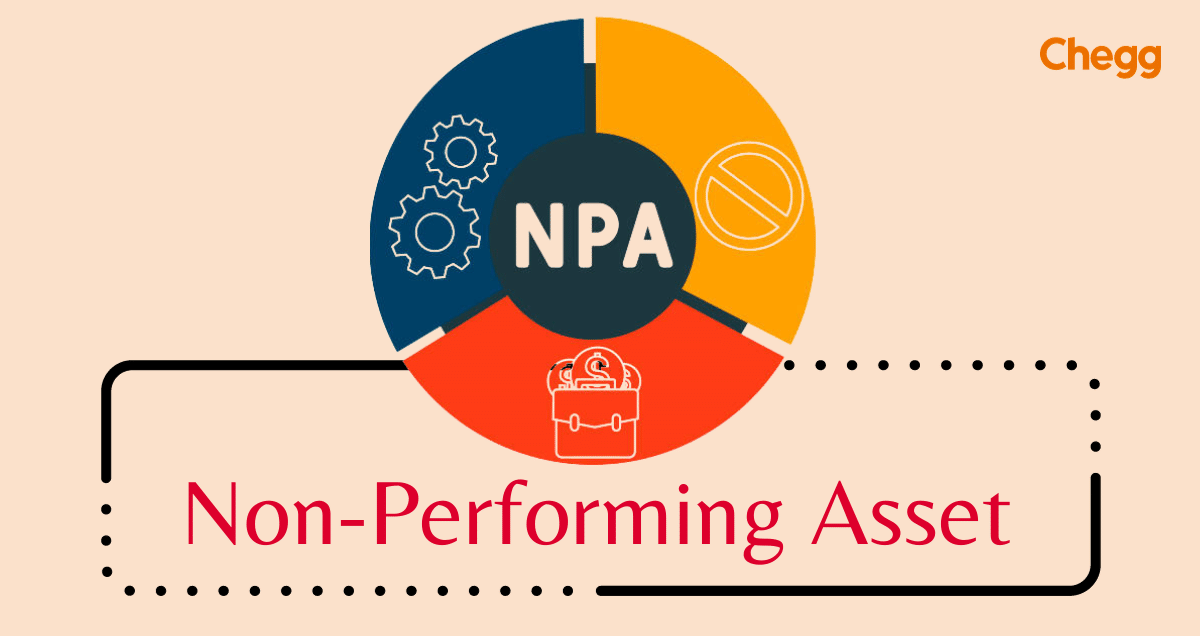With each unique life, debt situation of every individual is also one-of-a-kind.
This clearly states that not all debt pay off plans will be able to reach the finish line with the use of the debt snowball or debt avalanche methods.
If you are facing such a situation, you need not worry. It’s perfectly fine.
Rather, you can make your own customizable debt pay off plan!
Don’t waste your time and effort to fit yourself into the mold that simply won’t fit your situation. Would you want to set yourself up for failure? Of course not.
This is why you need to take the good portions from each of these methods and add your own twist to create a plan that will work for you.
Not Every Debt Situation Is Day And Night
As a debt survivor myself, when I was formulating my pay off plan, I came face to face with the fact that paying off debt isn’t as simple as choosing the debt snowball or the debt avalanche.
There were certainly more aspects to take into account. Granted, my debt was a simple situation because I was only trying to pay down student loan debt. Let me elaborate this a little for you.
Firstly, some of my interest rates were fixed, whereas, others were variable. Secondly, some of my student loans were private loans while others were federal loans.
By now, you might be wondering that how did I develop my customized debt pay off plan? Well, first, I figured out the most evil debt of the bunch.
This was rather easy because that loan had the highest interest rate of all, was a variable loan and it was also a private student loan. Attacking that loan with everything I could afford to throw at it was my next step.
Even though it took me several months to finally end it, there was no time to rest, as I had to start paying off my next loan.
All I had to do in the time between selecting my next nastiest loan and completely paying it off was to ensure that there isn’t another urgent loan in the list that deserves the title of the worst.
Fortunately, for me, everything went as planned, but if it did, I would simply make a switch to the loan which I needed to aggressively pay off.
Once I successfully paid off my first loan, I evaluated my situation to figure out which loan was the next candidate of the worst offender and paid it off. I then kept this chain of actions in a perfect sync until all of my student loan debt was defeated.
Things To Keep in Mind When Creating Your Plan
As there are a plethora of different debt types out there, it is vital that you leave no stone unturned to understand your debt situation. One key is to know whether your debt falls under the category of unsecured debt or secured debt.
A debt is considered secured if it is for buying a car, a home or any other large asset that is placed as collateral. On the other hand, a debt is considered unsecured if you signed your name to a loan, including a personal loan, a credit card, a payday loan, etc. and didn’t provide any collateral.
What difference does it make?
No payments on a secured loan can end up in losing your car, your house or whatever other assets you have secured the loan with.
No payments on an unsecured debt, such as a credit card, payday loan, or personal loan automatically enable the company to sue you and get a judgment to garnish your wages or force you to pay for the debt.
Whichever way, avoiding late payments and paying your debt back on time should be your top priority.
Another fact that you should consider is that there are debts with special treatment. Tax debt and student loans are two types of debt that are harder to get rid of.
A number of people prefer paying off these debts as quickly as possible because there are strong chances of severe measures to be taken in order to collect on these two debt types. The government can seize your tax refunds and also garnish your wages for the sole purpose of collecting on these types of debt.
It is also important to figure out which of your loans share variable interest rates because a hike in interest rates also heightens the interest on your variable debt.
Most of the credit cards come with variable interest rates, and also some private student loans along with other types of debt such as adjustable rate mortgages follow the same path. However, a fixed interest rate debt will experience no change in the interest rate as rates increase or decrease.
You’ll have to consider these variables carefully and figure out the ones that play the role of being the largest threats to your debt pay off plan. Once you recognize the worst offender, get started with your extra payments!
The faster you begin the paying process, the sooner you’ll pay it all off!
So which of your loans deserve to be the first nomination for the debt paying off procedure? Would it be through the debt avalanche, the debt snowball or your own customizable debt pay off plan?


Leave A Comment